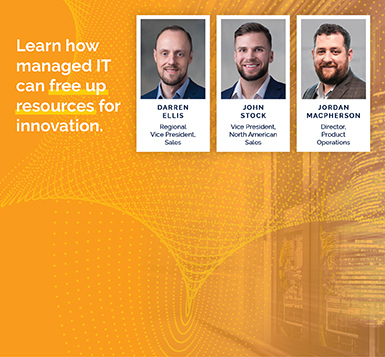IBM Server Performance Tips & Tricks
Park Place Hardware Maintenance
Get the most out of your IBM server performance
Improving IBM server performance is a key goal for many network and system administrators. And why not? Hardware is expensive and it’s worthwhile to take the time to find new ways to get the most out of it. Let us offer a few suggestions.
Memory
First off, consider the server memory and whether it’s adequate for the number of users it needs to support. Most IT pros suggest 300K to 400K per active user. You can use published physical memory configurations as a ceiling for whatever allocations you decide on.
You could also set the NSF_BUFFER_POOL_SIZE to the maximum value for total memory available, although this isn’t strictly necessary with IBM servers. The company’s standard for servers is to obtain a quarter of available memory and grow only when needed for the current load.
Configuration
The network protocol should be IP, not NETBIOS or SPX. Although the latter options were widely used in the past, they have a large amount of overhead compared to IP and are to be avoided today.
It’s also worthwhile to increase the size of the disk stripe. Servers may ship with 8K to 16K stripes, but most IBM systems will support up to 512K stripes.
Input/Output Optimization
When it comes to Input/Output, make sure the boards are not EISA based. PCI is a better option, as any EISA drive in the chain can lower overall throughput.
Assuming there are no issues there, also distribute Input/Output operations among separate devices. For example, you may want to put a data server on one drive, the paging file on another, the executable on a third, and the actual data files on a fourth.
Upgrades to Consider
If the above changes don’t get you where you need to go performance-wise, it’s not necessarily time for an entire new server. Component upgrades offer another, generally more affordable solution. The following are worth considering:
- Install the fastest CPU(s) you can afford
- Replace 5400 RPM drives with 7200 RPMs—or better yet, move to solid state technology whenever it possible and not cost-prohibitive.
- Upgrade the network backbone and the server adaptors. Many servers ship with 10 and 100 MBPS network cards, but 1 and 10 GB adaptors have become the norm. By the same token, most data centers use at least 1 GB switches.
Park Place Technologies offers our clients extensive access to IBM engineers for questions, performance optimization assistance, and strategic component upgrades to extend hardware lifespans when IBM EOSL hits for different pieces. If you’re interested in getting the maximum value from your IBM servers, it might be time to cover them with an IBM maintenance contract through data center hardware maintenance from Park Place.



